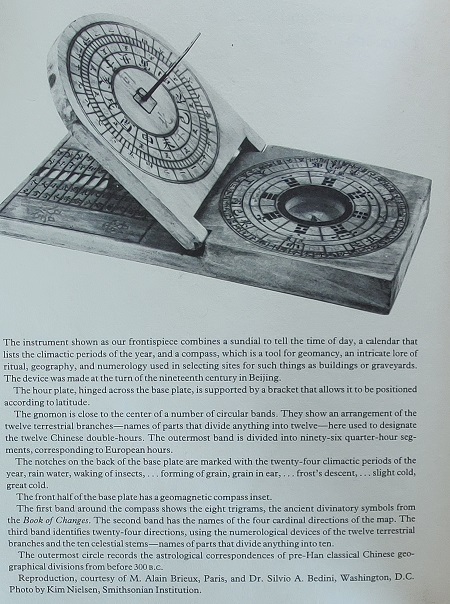ATHANASIUS KIRCHER, ARITHMOLOGIA
The second known use of the magic square in Western art is the front piece to Arithmologia, a book authored by the great German Jesuit, Athanasius Kircher.
Kircher was a most unusual scholar of the seventeenth century; he was fluent in eleven languages including Latin, Hebrew, and ancient Egyptian. He was a mathematician, a scientist, a geologist, an expert on Egyptian hieroglyphs, and was one of the first people to observe a micro-organism with a microscope.
Kircher was also a prolific author having produced over forty works (including a book on China) during a period when official church censorship made it difficult to publish even one book. Kircher had access to the great Vatican Library (perhaps old Chinese texts) and other church libraries that evaded other would be researches and authors.
The book Arithmologia is devoted to magic squares (the order 3 through the order 9 are demonstrated) as well as Pythagorean and other mathematical principles.
Kircher and the Chinese
It seems plausible that Kircher was aware of the Chinese reverence for the Luo Shu as the 3x3 Magic Square is being held by a seraphin in Heaven as the model for the Pythagorean Theorem lay at Pythagoras’ feet on the terrestrial earth.
Is Kircher demonstrating a connection with the Luo Shu and the Pythagorean Theorem?
Although there is no proof that Pythagoras (or the Pythagoreans) knew of magic squares, the fact that a Pythagorean triplet of numbers occurs at the heart of any size magic square in the Luo Shu format and that these magic squares are excellent teachers of mathematics makes it plausible that Pythagoreans were fascinated with magic squares. The Luo Shu was used in the Chinese civilization as early as one thousand years prior to the Pythagorean existence.
In addition, magic squares in the Luo Shu format fit Pythagorean numerology in the following ways:
- Odd numbers are superior to even numbers
- Powers of numbers play a significant role
- Pythagorean triplets exist in any order magic square in the Luo Shu format
- Both magic squares and Pythagorean numerology are great teachers of mathematics
- These magic squares serve as a model for Time and Space
Chinese mythology maintains the Luo Shu was a gift from Heaven to assist humankind to evolve and prosper. Kircher seems to understand this cosmology of the Chinese not only by connecting the Luo Shu with the Pythagorean Theorem but also by having the Luo Shu appear in Heaven.
Kircher would often write in a manner that was intentionally not easy to comprehend in order for his books to pass scrutiny during the times of the Inquisition; the Index of Prohibited Books listed the banned books and an inquisition could be ordered for any person associated with these books. Giordano Bruno burned at the stake and Galileo was placed under house arrest for their literary crimes and philosophies during this era.
Kircher attempted to reconcile this confusion with his art and the use of symbols in order to clarify the message that he was unable to articulate in his writings.
The early Chinese of four thousand years ago believed that Number, that is the Luo Shu, was presented to humankind from Heaven as this pattern of numbers appeared on the back of a tortoise that had crawled out of the Luo River. The great Fu Hsi recognized the pattern of numbers as sacred and soon temples and cities were being designed based on the model of the Luo Shu.
Pythagorean Symbolism
The art piece above demonstrates classic Pythagorean symbolism:
- The tetractys
- the proof of the Pythagorean Theorem
- The Luo Shu or 3x3 Magic Square
- Heaven and the terrestrial earth
- Numerology
- The enneagram
- The planetary spheres
- The pentagram and hexagram
Pythagorean Symbolism from the Royal Tombs of China
The legendary sage Fu Hsi and Nu Wa holding their customary symbols, the carpenter’s square (ju) and the compass (gui). These symbols represented the yang / yin balance of male and female, Heaven and earth, odd and even.
The carpenter’s square also symbolizes humankind’s need for math, numbers, and measurement and in the Chinese language can be synonymous with the gnomon (ju). [gnomon. Gr., can mean interpreter, one who knows, rule of faith or conduct; canon or tenet]
The Compass and Square
The combination of the carpenter’s square and compass form a new word, gui ju and projects the important concept of establishing order (over chaos), the moral standard or the way things should be. This is an example of how the early Chinese incorporated mathematical philosophy into the structure of their language.
The Luo Shu was considered a model for Time and Space and had functional use to humankind. Together with the gnomon, the Luo Shu was a language gifted from above that helped to connect Heaven and earth via the observation of the Sun (rather the shadow of the gnomon cast by the Sun) and the understanding of math.
Is this the message of Athanasius Kircher’s Arithmologia?














